1. The Laser
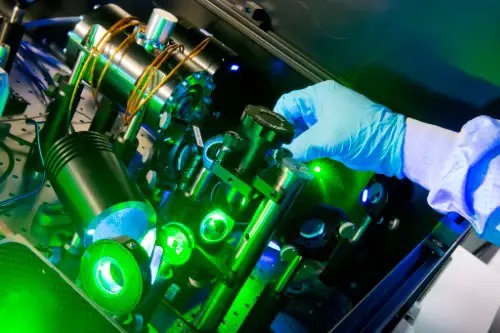
Laser technology, often associated with medical equipment or CD players today, has military origins, according to Matt Berman from Popular Mechanics. The development of lasers for targeting and defense systems dates back to the 1960s, when the U.S. military sought to create more accurate weapons and surveillance tools. The first practical use of lasers in military applications was for range-finding and targeting on aircraft and ships. Over time, civilian sectors adapted the technology for uses like barcode scanners, laser pointers, and even eye surgeries.
Laser technology is now so deeply embedded in daily life that it’s easy to overlook its military beginnings. From medical lasers that help treat conditions like cataracts to laser printers in your home or office, this technology has become crucial in many industries. What was once a high-tech military tool is now used in countless ways, improving everything from health care to entertainment. It’s a great example of how military research leads to breakthroughs that permeate everyday life in ways we might not expect.
2. Synthetic Rubber

During World War II, the U.S. military faced a shortage of natural rubber, which was essential for making tires, boots, and other military gear. In response, military-funded research into synthetic rubber was ramped up, leading to the development of materials that could be used as a substitute for natural rubber. The synthetic rubber industry exploded after the war, and today it’s used in everything from car tires to footwear and industrial applications. Without military investment, the widespread use of synthetic rubber might have taken much longer to become a reality, according to Alexander J. Field from Yale University Press.
Synthetic rubber not only helped the military maintain its operations during wartime but also led to major advancements in the automotive industry and manufacturing. Today, it’s a crucial component in countless products, especially in industries that rely on durable, weather-resistant materials. The creation of synthetic rubber is yet another example of how military funding has a lasting effect on civilian products and industries. What started as a wartime necessity has become an integral part of modern life.
3. GPS (Global Positioning System)
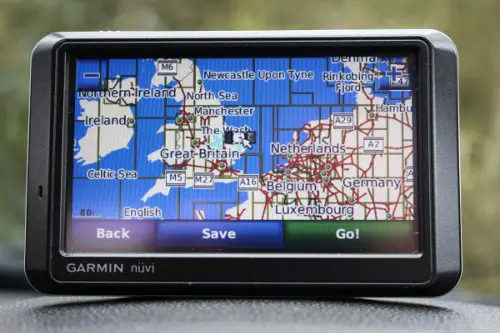
The GPS system is another everyday technology that exists because of U.S. military investment, according to Jermaine Walker from NASA. The system was originally developed in the 1970s by the U.S. Department of Defense to help guide military forces accurately, especially in difficult terrain. It’s a network of satellites that relay signals to GPS receivers on the ground, providing precise location information. Initially, the system was restricted for military use only, but by the 1980s, it was made available to civilians, fundamentally changing the way we navigate.
Now, GPS is so integrated into our daily lives that we often forget it exists only because of military funding. It’s used for everything from driving directions to tracking deliveries and even finding the nearest coffee shop. Without military research into satellite navigation, we might still be using maps and compasses for most of our travel. GPS’s widespread use has made it indispensable, especially for businesses and individuals on the go.
4. Duct Tape

You probably never thought of duct tape as something with military roots, but its creation was a direct result of wartime necessity, according to NATO. During World War II, soldiers needed a strong, waterproof adhesive to fix equipment, seal ammunition cases, and repair vehicles on the battlefield. A product called “duck tape” was created by Johnson & Johnson to meet this need, and it became an essential tool for military personnel. Over time, its practical uses expanded, and it became the versatile “duct tape” we know today.
After the war, the tape was adapted for everyday civilian use due to its durability and multi-functionality. It was marketed for household repairs and even became a go-to for crafting and DIY projects. In fact, you’d be hard-pressed to find a home or tool kit without some duct tape now. What started as a military necessity has since evolved into an indispensable tool in countless households and industries.
5. The Jet Engine
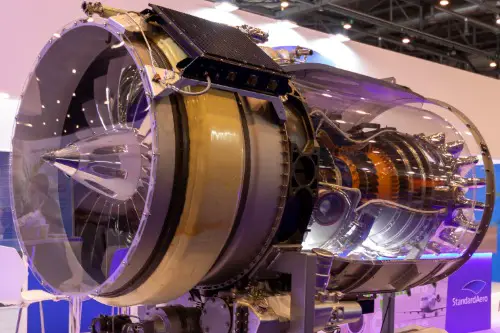
The modern jet engine, which powers everything from commercial airliners to military fighter jets, was significantly advanced through military funding. Early research into jet propulsion began in the 1930s, but it was during World War II that significant improvements were made. The U.S. military’s investment in faster and more efficient aircraft led to breakthroughs in jet engine technology. These advancements allowed for faster, higher-performing aircraft, and eventually led to the development of civilian jets as well.
Today, the jet engine is crucial not only for air travel but for a wide range of industries that depend on quick transportation. Without military investment in propulsion technology, civilian aviation might have taken a much longer time to develop. The jet engine revolutionized air travel, cutting down flight times dramatically. It’s a perfect example of how military needs often drive technological progress that benefits the wider world.
6. Advanced Prosthetics
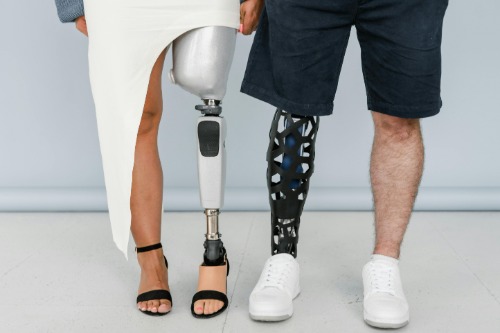
The development of advanced prosthetics, particularly the highly functional artificial limbs, was accelerated by military funding. During wars like World War I and World War II, there was a growing need to provide soldiers who had lost limbs with realistic and functional replacements. The U.S. military invested heavily in researching and developing prosthetic technologies to help wounded soldiers regain mobility. Over the years, this research has expanded into cutting-edge prosthetic limbs with sophisticated mechanics, bionics, and even neural interfaces.
Thanks to these military-driven innovations, prosthetics are now available to civilians who need them, offering better mobility and improved quality of life. People who’ve lost limbs due to accidents, disease, or congenital conditions now have access to more advanced prosthetics that are lightweight, durable, and even responsive to their brain signals. What began as a need to help soldiers return to life after injury has helped countless others around the world. The advancements in prosthetics are a testament to the ways military funding can lead to life-changing technology.
7. The Personal Computer
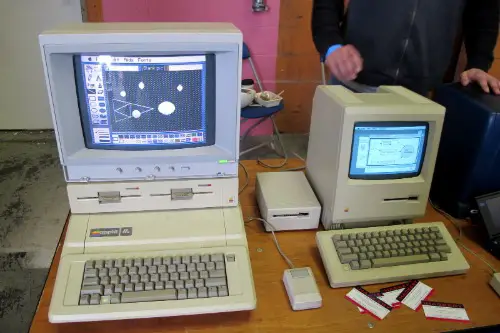
The personal computer as we know it today owes much of its development to military research, particularly through the U.S. Department of Defense’s ARPANET project. This early research in computing, which eventually led to the creation of the internet, spurred further technological advances. The military’s need for faster computing power and better communication tools led to the development of microchips, early computers, and the digital technologies that would eventually make personal computers possible. Without the military’s initial push, personal computing might have taken much longer to reach the public.
Once computers became more accessible to civilians, they quickly transformed the way we live and work. Today, computers are indispensable in almost every field, from education to business to entertainment. The military’s research into computing systems paved the way for the digital revolution. Whether it’s a laptop, desktop, or smartphone, we can trace much of their development back to U.S. military-funded research.
8. The GPS Smartphone Feature
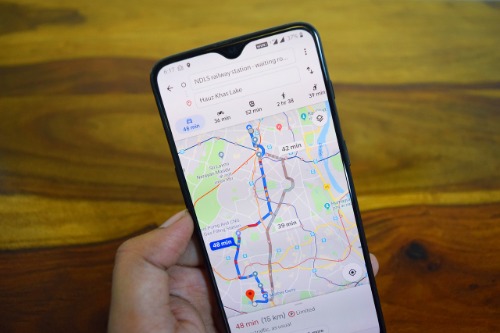
While GPS itself is a military invention, the integration of GPS technology into smartphones is another example of military funding’s lasting impact. The U.S. military’s investment in GPS satellites for military navigation has become a huge part of civilian life. With the advent of smartphones, GPS technology was quickly adopted for personal navigation, making it an everyday feature for most people. The ability to use maps, track locations, and get real-time directions is now something we all take for granted.
This innovation has revolutionized everything from driving to outdoor activities and even emergency response. The convenience of having GPS in your pocket at all times has changed the way we plan our days and our travel. It’s a perfect example of how a military technology can be adapted and transformed into something that’s integral to modern life. Without military funding, we might still be relying on traditional maps or getting lost more often.
9. The Taser
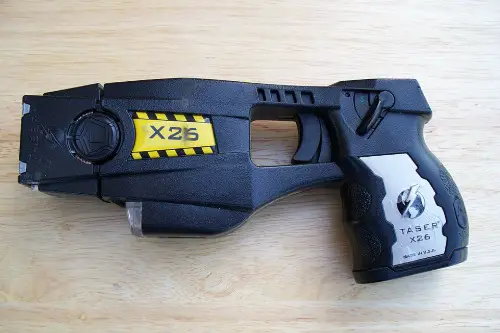
The Taser, a device used for subduing individuals non-lethally, has roots in military research. The concept for a stun gun was first developed in the 1960s as a potential tool for law enforcement and military personnel to incapacitate suspects or enemies without causing permanent harm. In the 1990s, the civilian version of the Taser became available, and it quickly gained popularity with police forces and, eventually, private citizens. Its development was directly influenced by military-funded research into non-lethal weapons.
While the Taser is now widely used in law enforcement, it was once only available to military and security professionals. It provides an alternative to lethal force, offering a way to safely subdue individuals in dangerous situations. The technology has evolved significantly over the years, making it more effective and user-friendly. What started as a military effort to control situations without causing fatalities has become a commonly used tool for safety and security.
10. The Drone

Drones, or unmanned aerial vehicles (UAVs), were first developed and used by the U.S. military for reconnaissance and surveillance purposes. During the 1990s and 2000s, the military invested heavily in drone technology to conduct missions without risking the lives of soldiers. Over time, drones evolved to be used for a range of military applications, from air strikes to surveillance. The technology has since been adapted for civilian use, from photography and journalism to package delivery.
Today, drones are becoming more commonplace in everyday life. They’re used for recreational purposes, monitoring wildlife, and even helping farmers assess crops. The rapid growth of the civilian drone market is largely thanks to the military’s initial research and development of UAVs. What was once a tool for reconnaissance in wartime has now become a versatile tool for industries across the globe.
11. The Credit Card
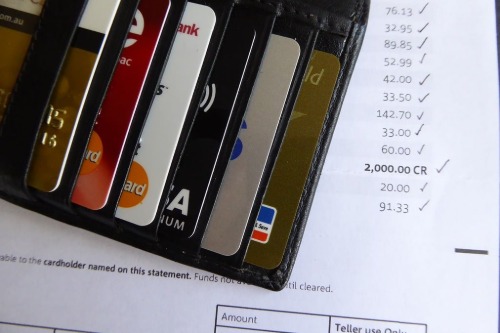
Believe it or not, credit cards are another innovation that can be traced back to military funding. During the 1940s, the U.S. military began developing a system for easily tracking and managing payments for soldiers stationed overseas. This led to the creation of early forms of plastic payment cards. Over time, this technology was adopted by banks and financial institutions, eventually evolving into the credit cards we use today.
Now, credit cards are a fundamental part of the global economy. They’re used for everything from everyday purchases to online shopping and managing personal finances. The military’s early adoption of a payment system for its personnel laid the groundwork for a financial revolution. Thanks to military research into payment technologies, credit cards have become indispensable for managing finances.
12. The Internet
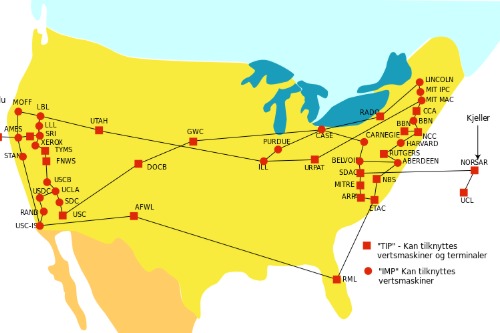
The internet, as we know it today, owes a lot of its development to the U.S. military, specifically the Department of Defense. Back in the 1960s, the U.S. military funded the creation of ARPANET, a precursor to the modern internet, as a way to maintain communications during a potential nuclear war. This network was designed to be decentralized so that it could function even if parts of it were destroyed. While the military’s initial goal was to build a resilient communication system, the technology quickly spread beyond military use into the civilian world.
Without military funding, the internet may have taken a lot longer to develop—or may have looked very different. The funding and research into networking technologies ultimately transformed into a global platform for everything from social media to commerce. So when you’re browsing the web, remember that much of it came about because of military priorities in the Cold War era. The internet might have become a part of daily life, but it’s still largely a result of military-driven innovation.
13. Microwave Ovens

The microwave oven, while now a kitchen staple, owes much of its existence to military funding. In the 1940s, Percy Spencer, an engineer working for Raytheon, discovered the heating properties of microwaves while working with radar technology for the military. He realized that microwaves could be used to cook food, and with further research, the first microwave oven was developed. The technology was initially intended for military purposes, but it quickly found its way into the consumer market after World War II.
Today, microwave ovens are in nearly every kitchen, making meal prep faster and more convenient. They’re essential for reheating leftovers, defrosting frozen food, and even cooking entire meals. Without the military’s funding of radar research and technology during the war, we may not have discovered the microwave’s potential. It’s an example of how military innovations can end up changing civilian life in unexpected ways.


